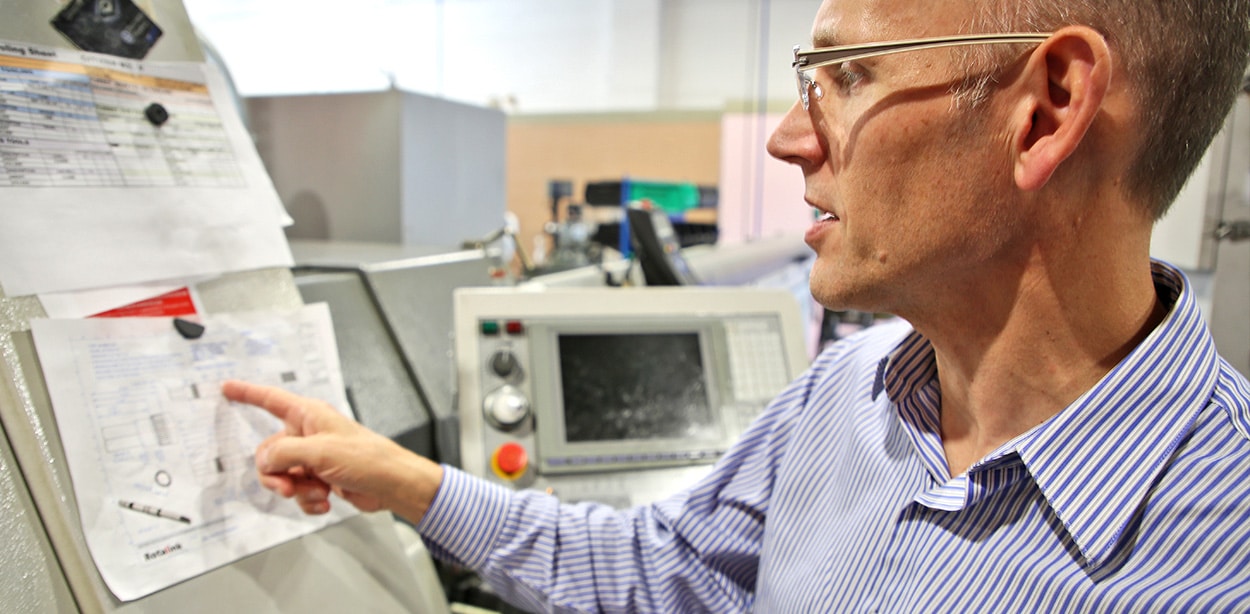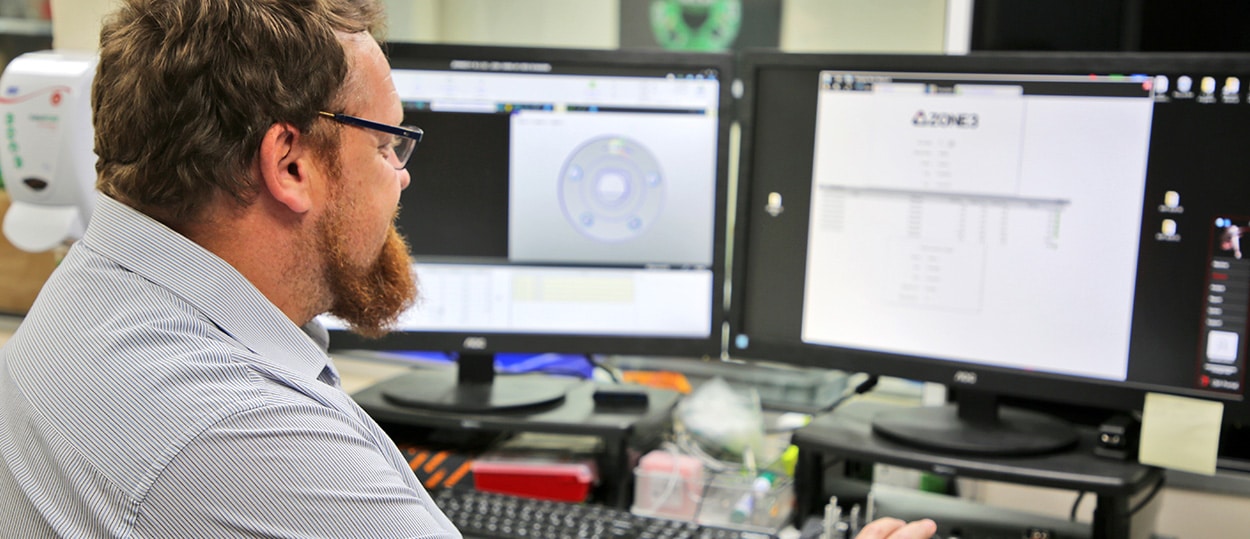Welcome to Rotalink, where precision meets performance in the world of miniature gearmotors. Selecting the right gearmotor is crucial for the success of your application, and we’re here to guide you through the process. This guide will provide you with the knowledge to understand, evaluate, and choose the most suitable gearmotor for your needs.

Understanding Gearmotors
A gearmotor is an integrated device which combines a gear system with an electric motor. At Rotalink, we specialise in miniature gearmotors that are carefully customised to the requirements of our customer's applications.
Types of Gearmotors
At Rotalink, we specialise in two main types of gearmotors: planetary and ovoid. Each type has unique characteristics that make them suitable for different applications.
Planetary Gearmotors
Planetary gearmotors are known for their durability and efficiency. They feature a central sun gear surrounded by multiple planet gears, all contained within an outer ring gear. This design offers high torque density and load distribution, making it ideal for applications requiring high power in a compact space.
Example Applications: Robotics, automation equipment, medical devices.
Ovoid Gearmotors
Ovoid, or peristaltic, gearmotors are designed to deliver controlled torque and operate smoothly at low speeds. Their distinctive shape allows for the integration of peristaltic pumps, commonly used in fluid handling systems where contamination must be avoided.
Example Applications: Laboratory equipment, pharmaceutical machinery, food processing.

Assessing Application Requirements
The motor selection process begins with an evaluation of the application and ensuring the motor chosen will properly match the requirements of the application.
When selecting a gearmotor, it’s important to consider the following factors:
- Load Requirements: The weight and force needed to move your application.
- Speed and Torque: The necessary speed (RPM) and torque for your operation.
- Operating Environment: Factors like temperature, moisture, and potential contaminants.

Sizing and Performance Calculations
To ensure you select the right gearmotor, follow these steps:
- Determine the Load: Calculate the force required to move your application.
- Calculate the Speed: Establish the desired speed for your operation.
- Identify the Torque: Use the formula Torque = Force x Distance to find the necessary torque

Customisation and Bespoke Systems
At Rotalink, we offer an extensive customisation option that allows you to customise a motor and gearbox system to the exact needs of your application. Our technical engineers design custom products to ensure you have a motor and gearbox precisely for your application's requirements.
It is important to consider size, performance and physical characteristics.
- Standard motor customisation
- Voltage
- Current
- Output Torque
- Output Speed
- Output Power
- Bespoke systems
- Output Shafts
- Brackets
- Housing
- Mounts
- Custom Performance Spec
- Accessories

Choosing the right gearmotor is a strategic decision that can significantly impact the performance and efficiency of your application. With this guide and Rotalink’s expertise, you’re well on your way to making an informed choice.











